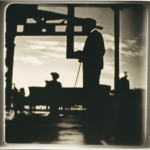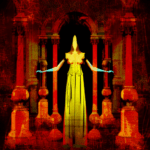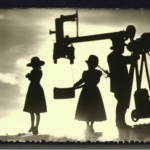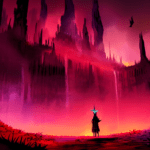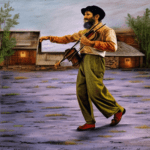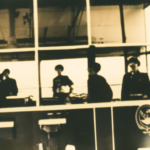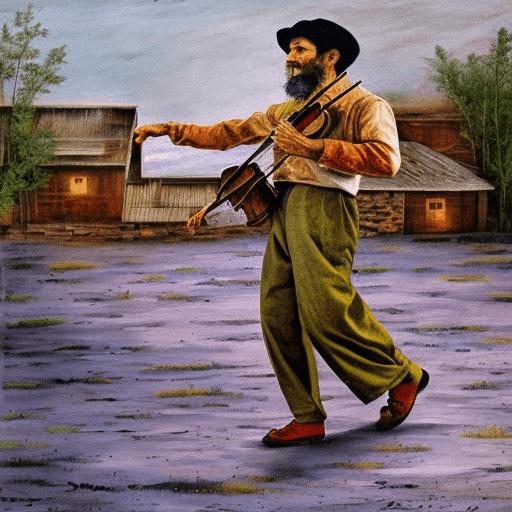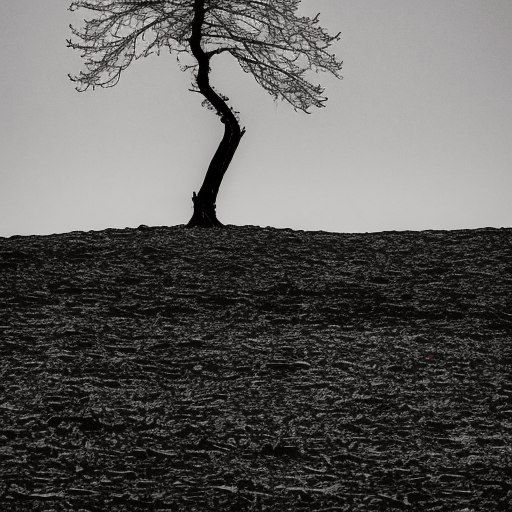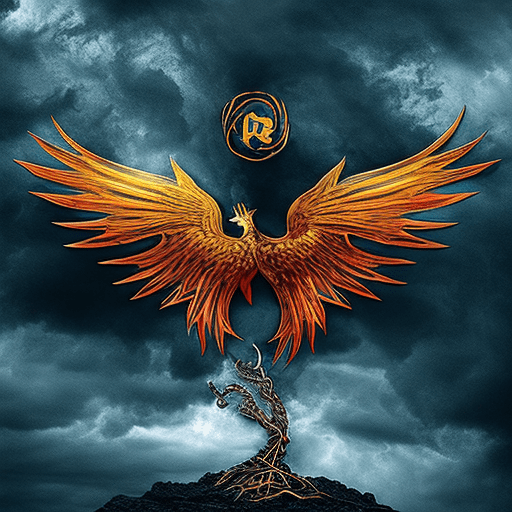Fiddler on the Roof by Norman Jewison
One-line Summary:
In the village of Anatevka, Tevye, a poor Jewish milkman, struggles to maintain his traditions and provide for his family amidst changing times and growing anti-Semitism.
Main Cast and Crew:
- Director: Norman Jewison
- Writer(s): Joseph Stein (screenplay), Sholom Aleichem (stories)
- Key Actors: Topol (Tevye), Norma Crane (Golde), Leonard Frey (Motel), Molly Picon (Yente), Paul Mann (Lazar Wolf)
- Music Director: John Williams
- Director of Photography: Oswald Morris
- Producers: Norman Jewison, Walter Mirisch
Plot:
Set in the early 1900s, “Fiddler on the Roof” follows the life of Tevye, a humble milkman, and his family in the village of Anatevka, Russia. Tevye, a devout Jew, is deeply rooted in tradition and struggles to maintain his beliefs and customs in a changing world. As he navigates the challenges of poverty, arranged marriages, and the looming threat of anti-Semitism, Tevye finds himself torn between his love for his family and his desire to uphold the traditions that have defined his community for generations.
Tevye’s three eldest daughters, Tzeitel, Hodel, and Chava, challenge the traditional matchmaking process by falling in love with men of their own choosing. Tzeitel, the eldest, wishes to marry Motel, a poor tailor, instead of the wealthy butcher Lazar Wolf, who has been chosen for her. Hodel falls in love with Perchik, a radical student from Kiev, while Chava falls for Fyedka, a non-Jewish Russian soldier. These relationships test Tevye’s resolve as he grapples with the changing dynamics of his family and the encroaching influence of the outside world.
As the political climate becomes increasingly hostile towards Jews, the villagers of Anatevka face eviction from their homes. Tevye’s faith is further tested when his daughter Chava elopes with Fyedka, leading him to make a heartbreaking decision to disown her. Ultimately, the villagers are forced to leave Anatevka, scattering to different parts of the world.
Themes and Motifs:
“Fiddler on the Roof” explores themes of tradition, family, love, and the struggle to maintain one’s identity in the face of adversity. The film delves into the tension between tradition and progress, as Tevye grapples with the changing world around him while trying to preserve the customs that define his community. It also highlights the importance of family bonds and the sacrifices one must make to protect and support loved ones.
The motif of the fiddler, who appears throughout the film, symbolizes the precarious balance between tradition and change. The fiddler represents the Jewish people, constantly adapting to survive in a world that threatens their existence.
Reception and Legacy:
Upon its release in 1971, “Fiddler on the Roof” received critical acclaim and became a commercial success. It was nominated for eight Academy Awards, including Best Picture, and won three, including Best Original Score. The film’s timeless story and memorable music have made it a beloved classic, with numerous revivals on stage and screen.
“Fiddler on the Roof” continues to resonate with audiences today due to its universal themes of love, family, and the struggle to preserve one’s cultural heritage. It serves as a poignant reminder of the importance of tradition and the resilience of the human spirit.
Recommendation:
“Fiddler on the Roof” is a must-watch film for those who appreciate heartfelt storytelling, memorable music, and powerful performances. It offers a captivating glimpse into a bygone era while exploring themes that remain relevant in today’s world. The film’s blend of humor, drama, and music creates a truly immersive experience that will leave a lasting impact.
Memorable Quote:
“


